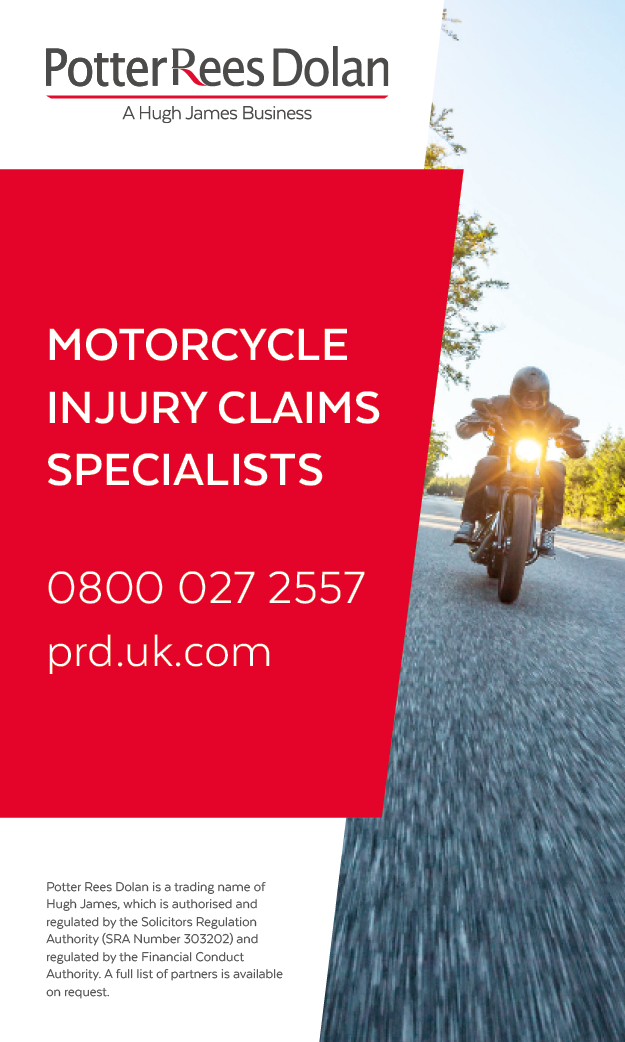Motorcycle Safety on the Roads
Posted on
Riding a motorbike is a thrilling experience, but it is also vital that you know how to ride safely as you are a vulnerable road user and motorcycle accidents can be incredibly dangerous. This post will look at a few of the best ways to stay safe while on the roads.
Wear a Helmet & Protective Clothing 
Obviously, wearing a helmet is one of the most important steps to take. Not only is wearing a helmet a legal requirement in this country, but you will also find that it provides essential protection for your head if you were to come off the bike. In addition to a helmet, you should also wear other protective clothing such as leathers, goggles and motorcycle boots.
Keep Your Bike in Good Condition
You also want to make sure that your bike is in good condition and roadworthy, which will require carrying out regular maintenance. This will include tasks such as topping up the tyre pressure, checking the lights, cleaning the mirrors and lubricating the chain. In addition to making sure that your bike is safe to ride, this should also prolong the life of the vehicle too.
Be Visible to Others
As a motorbike rider, you need to make your presence felt on the roads. Motorcyclists often get into accidents and are knocked off their bikes when they are not visible to other road users, so you need to make your presence felt on the road and make sure that you are always visible. If you are involved in an accident that was not your fault, you could look to make a personal injury claim to receive compensation for the damages.
Check the Weather Conditions
A good habit to get into before setting off on a motorbike is to check the weather forecast. The weather in the UK is unpredictable throughout the year, so it is always worth checking before you set off. Driving in rain and snow can be dangerous for a motorcyclist and you should avoid travelling in these conditions if possible.
Avoid Distractions
When riding a motorcycle, you must be completely focused at all times and this is all part of the thrill. This means that you need to avoid distractions as even taking your eyes off the road for less than a second could lead to a serious accident. This is why you should put your phone away and never wear headphones while riding.
Get Training
You will also find it worthwhile getting training so that you can learn how to drive safely and defensively. You can always improve as a motorcyclist and a training course could make a big difference to your abilities (and even bring your insurance down!).
Safety is paramount when it comes to riding a motorbike and these tips should help you to stay safe on the roads.
article supplied





